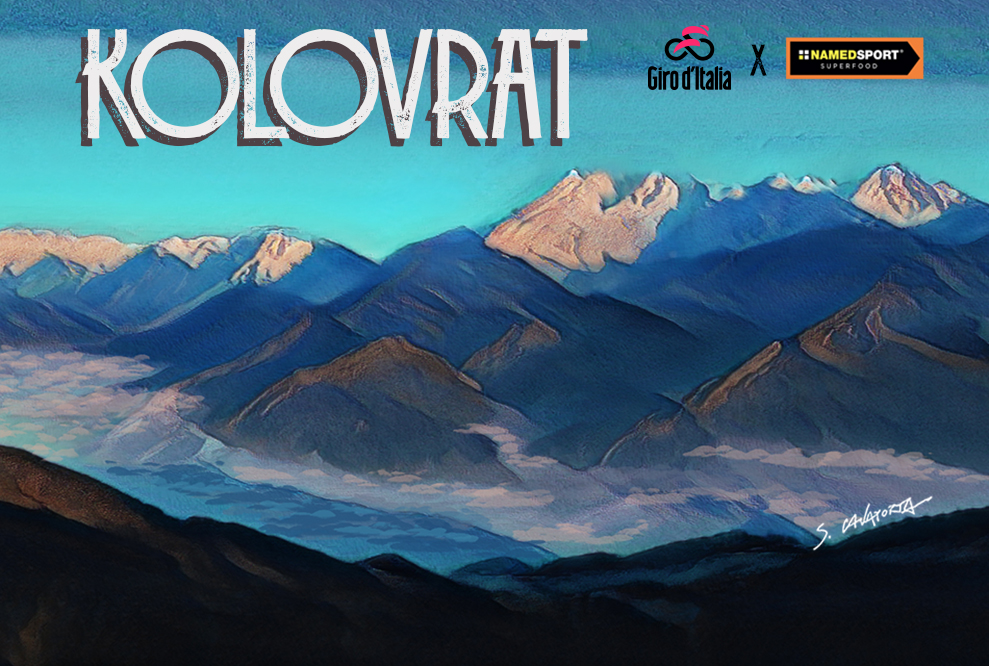This climb, a new acquaintance to the Giro d’Italia, culminates at 1,162 metres atop the Kolovrat, a mountain ridge in the easternmost corner of Friuli-Venezia Giulia, on the border with Slovenia.
Across the border, the ascent begins in a small village along the banks of the Isonzo called Kobarid, which is probably best known by its Italian name, Caporetto.
The Caporetto. The scene of the battle that forced the Italian troops to a long retreat to the line of the Piave River in October 1917.
In those months, the Second Army had taken the Kolovrat and turned it into a massive and complex defence system, its reliefs serving as the ultimate stronghold to prevent the enemy from penetrating into the Friuli plain.
One of the German officers who most significantly contributed to the fall of the Italian lines was the young lieutenant Erwin Rommel, who would later become known as the Desert Fox.
He launched a surprise attack on October 25, eventually taking the entire Kolovrat ridge and capturing thousands of prisoners.
In his diary, he wrote that the main clash those days was with the Italian Bersaglieri near Livek (Luico), a small hamlet south of Caporetto.
Livek will feature in the stage route halfway through the ascent, marking the only short manageable stretch out of 12 tough kilometres.
The following day, advancing from Livek, Rommel captured Mt. Matajur almost without firing a single shot.
The Friuli lowlands opened before his eyes. From there, he could easily have reached Cividale, then Udine, and who knows what else.
Instead, he was sent up north to penetrate into the Piave valley. To do this, he resorted to bicycles, which were widely used in war. Once again, he succeeded, and in his diary he wrote, “Either by horse or by bicycle, we soon caught up the first fleeing Italians. There was no need to fight. We just shouted down and told them to surrender.”
After 105 years, a cycle-mounted squad will be back up there, between Caporetto and the Kolovrat.
This time, however, there will be no armies, no military disasters and no bloodthirsty bravery, only cycling in its purest form, serving its original purpose – a popular pastime that everybody loves, a sign of peace and unity.

